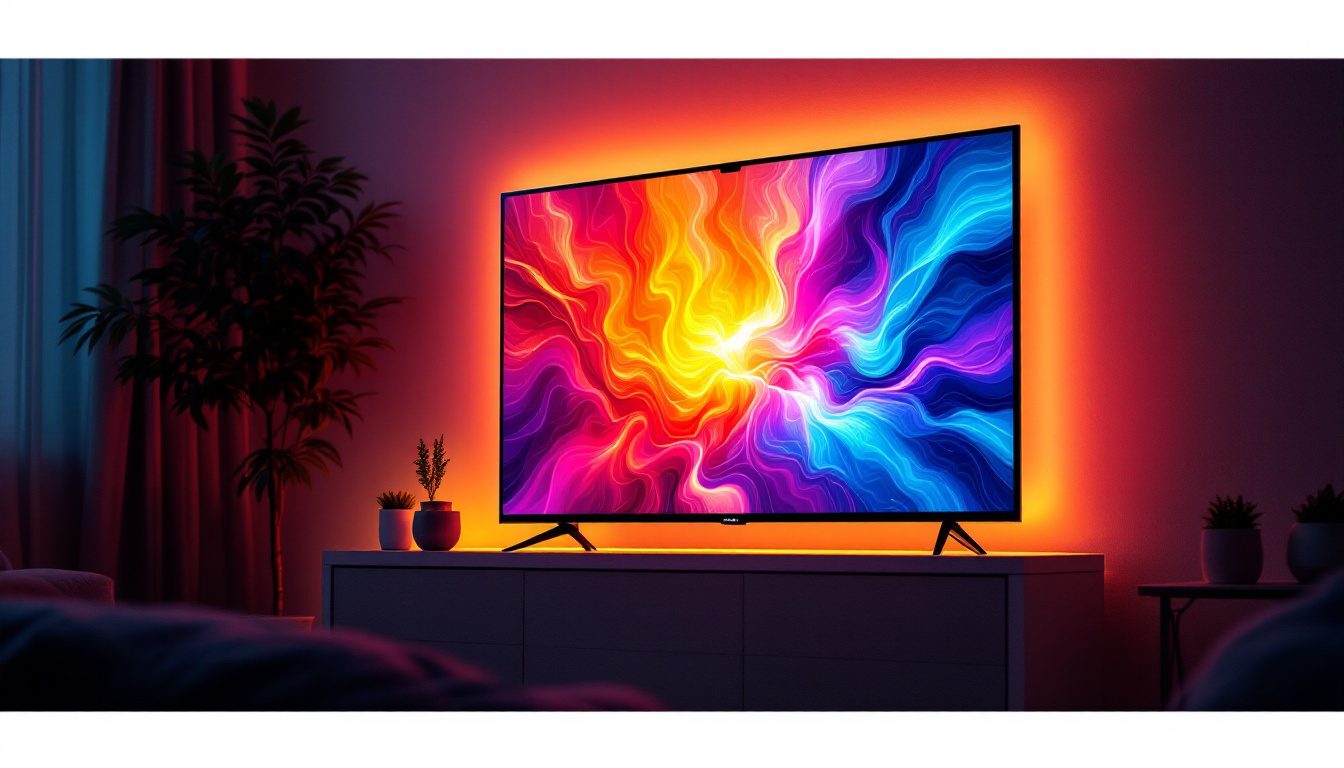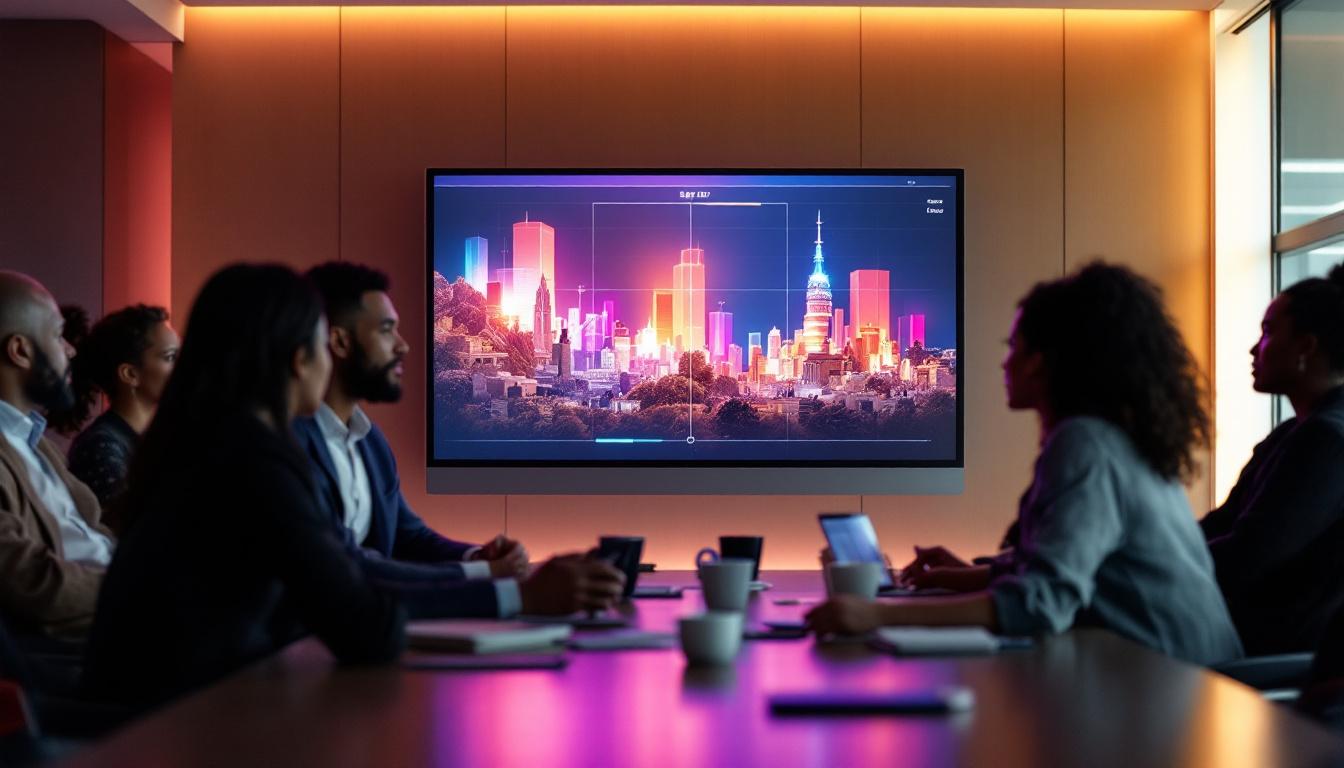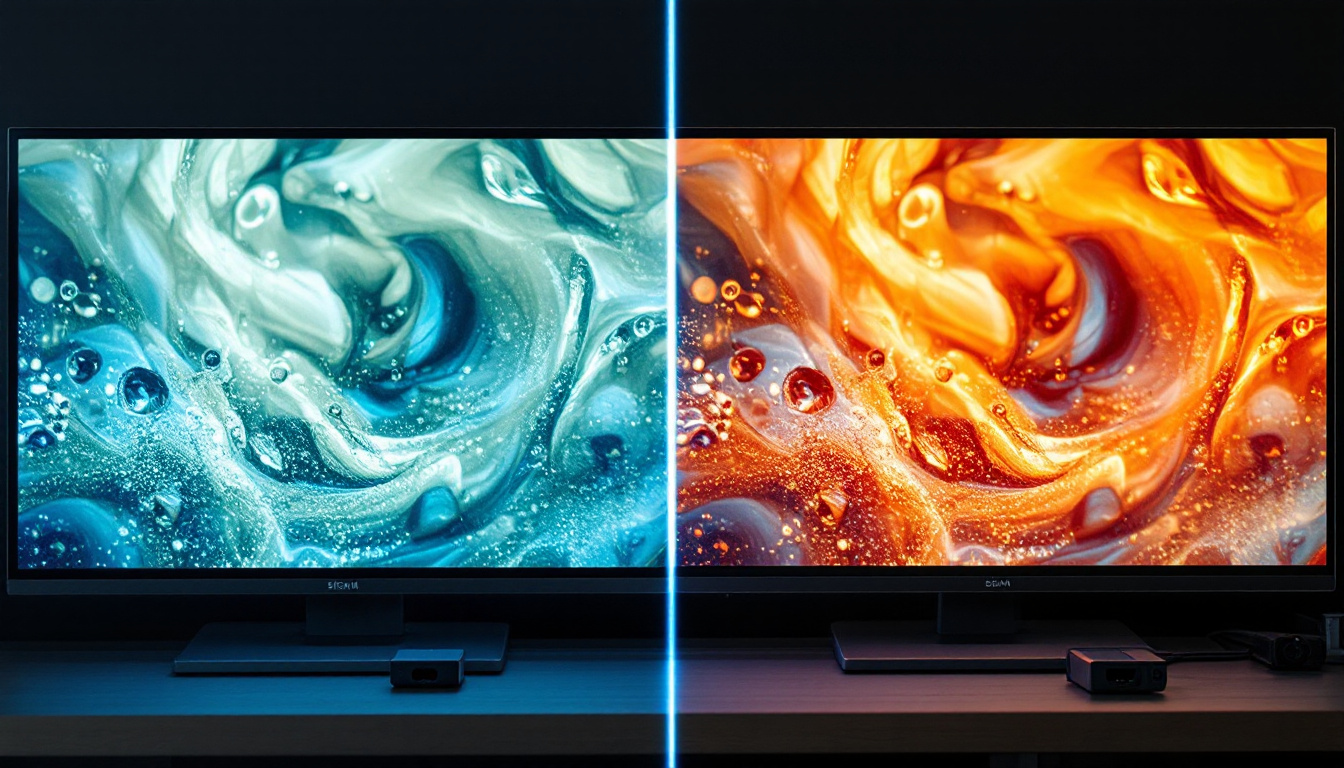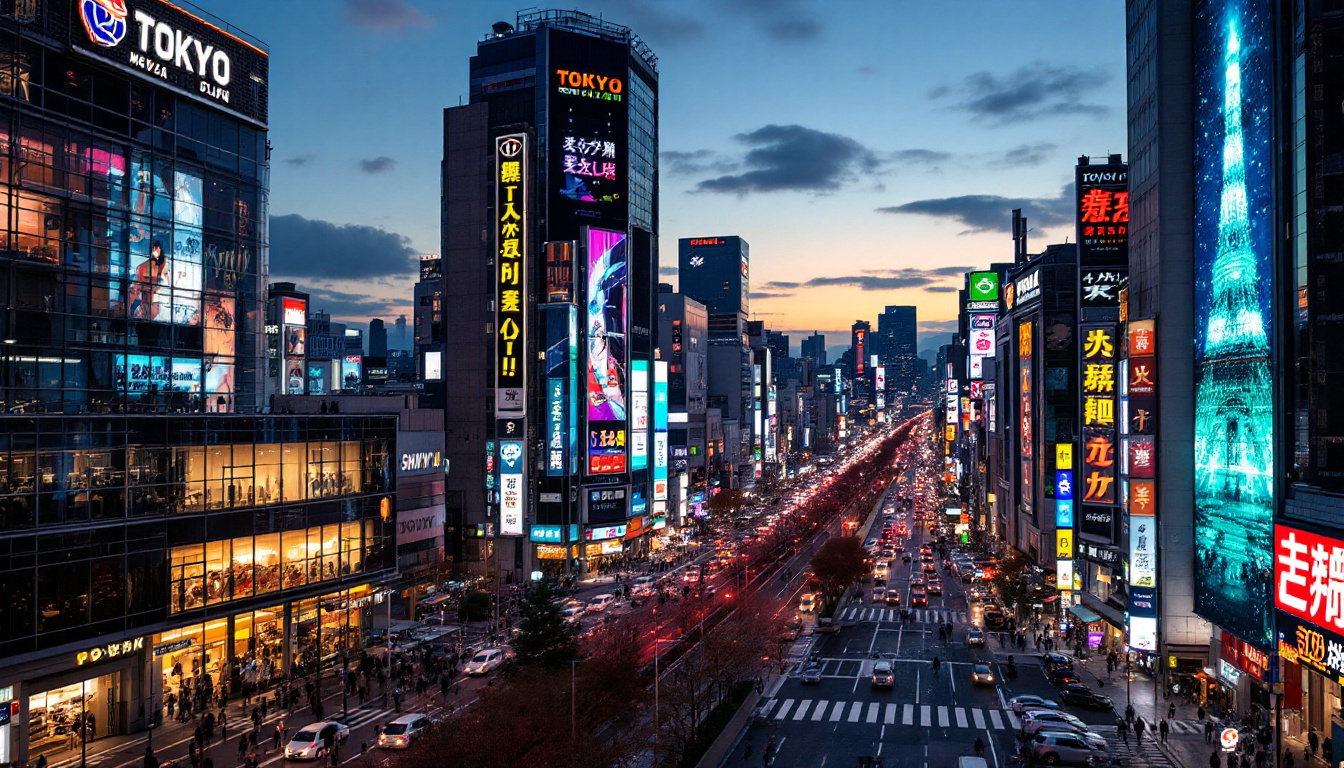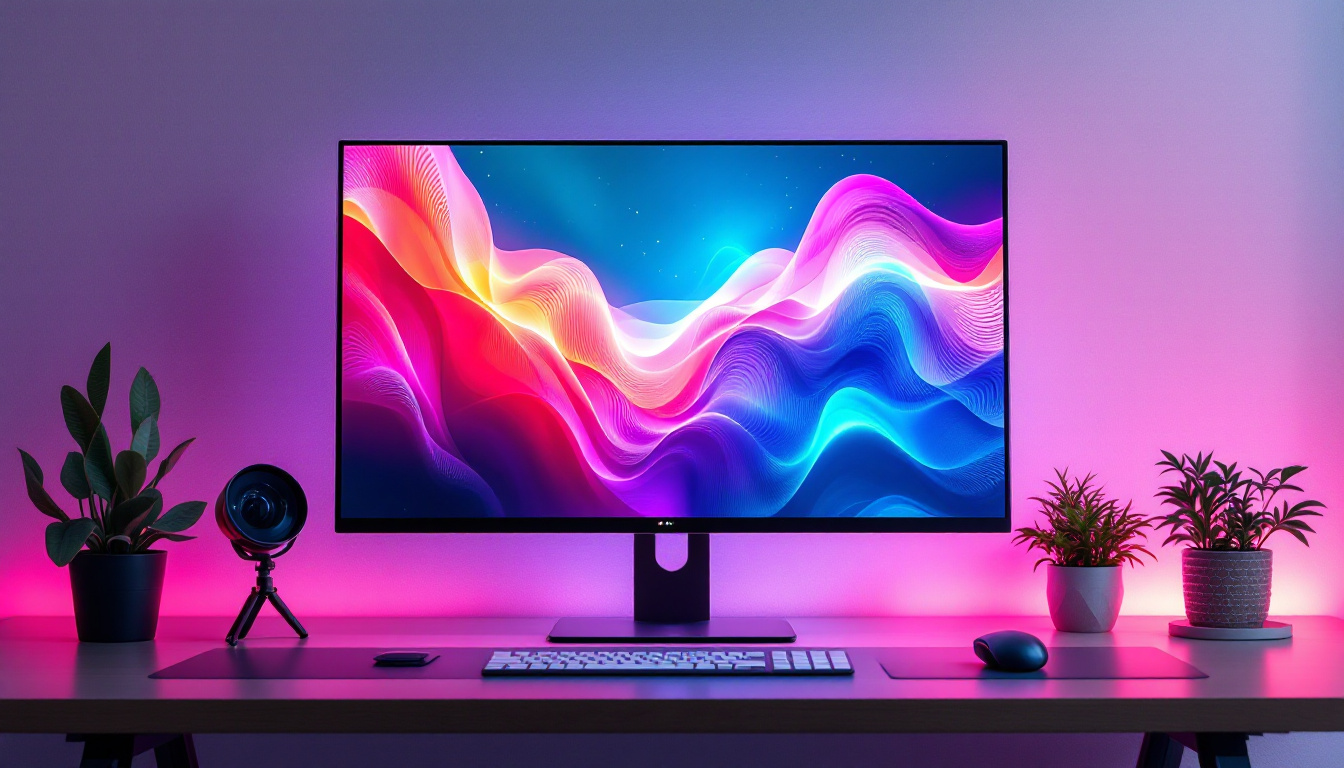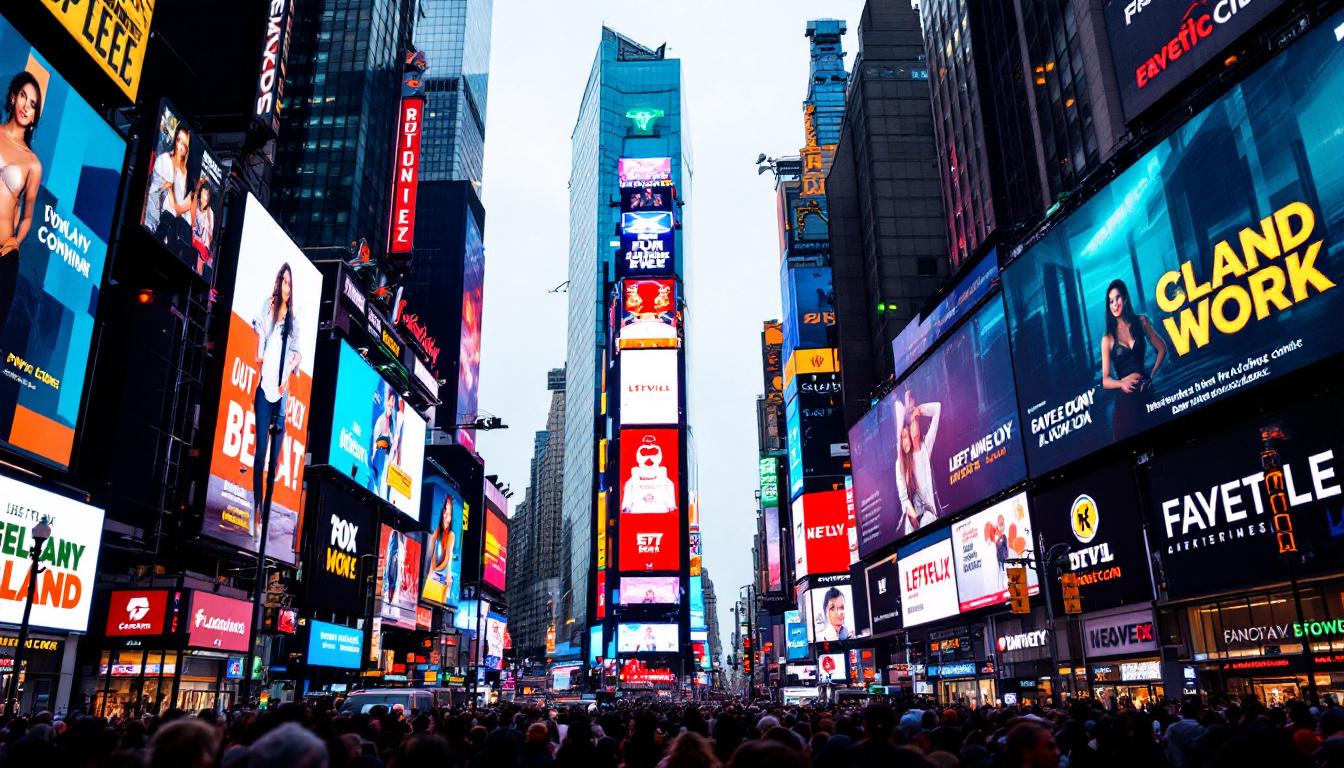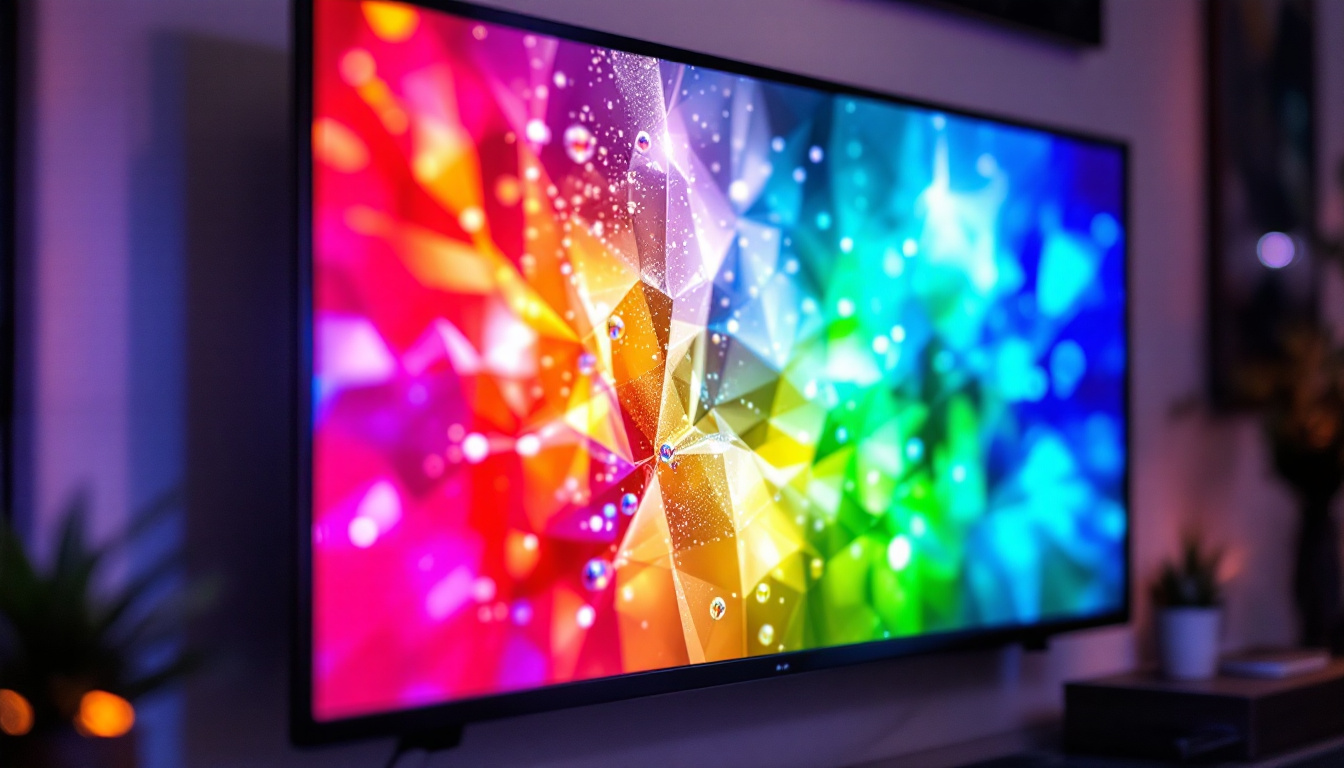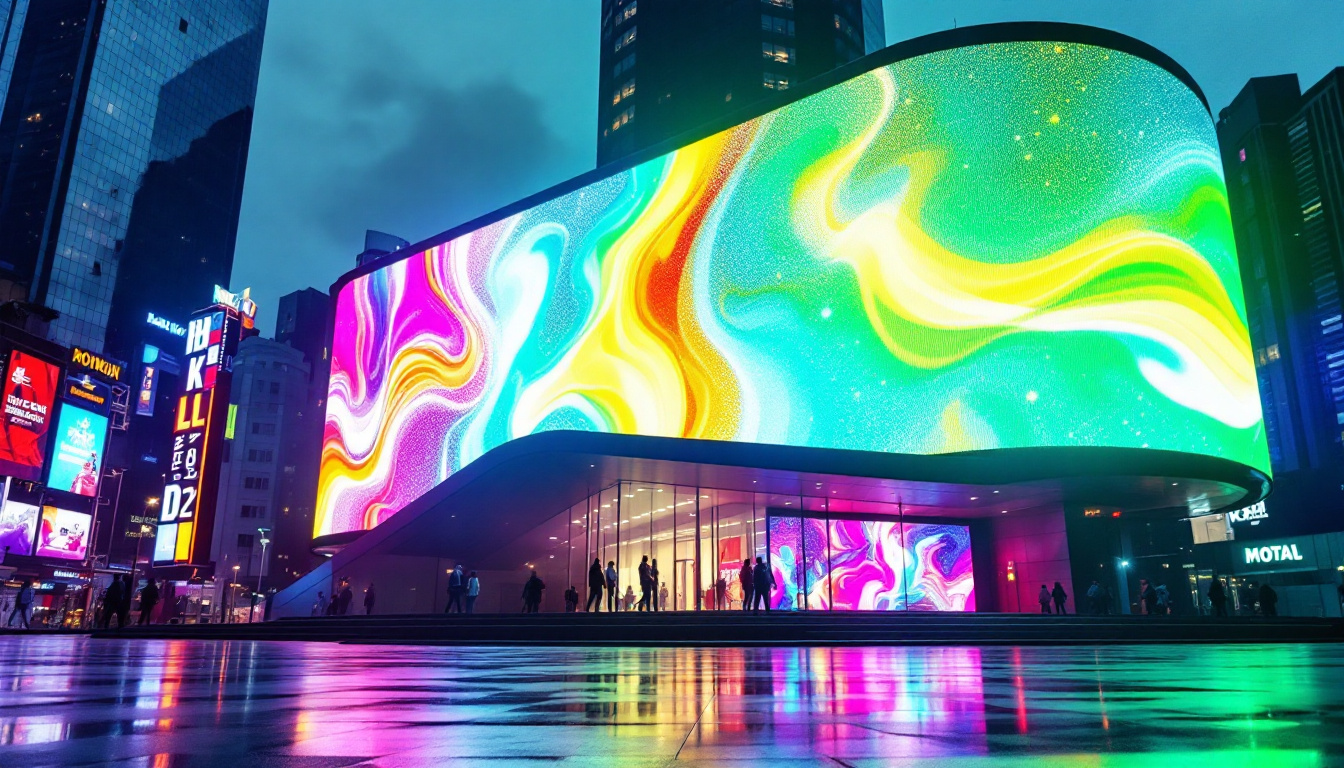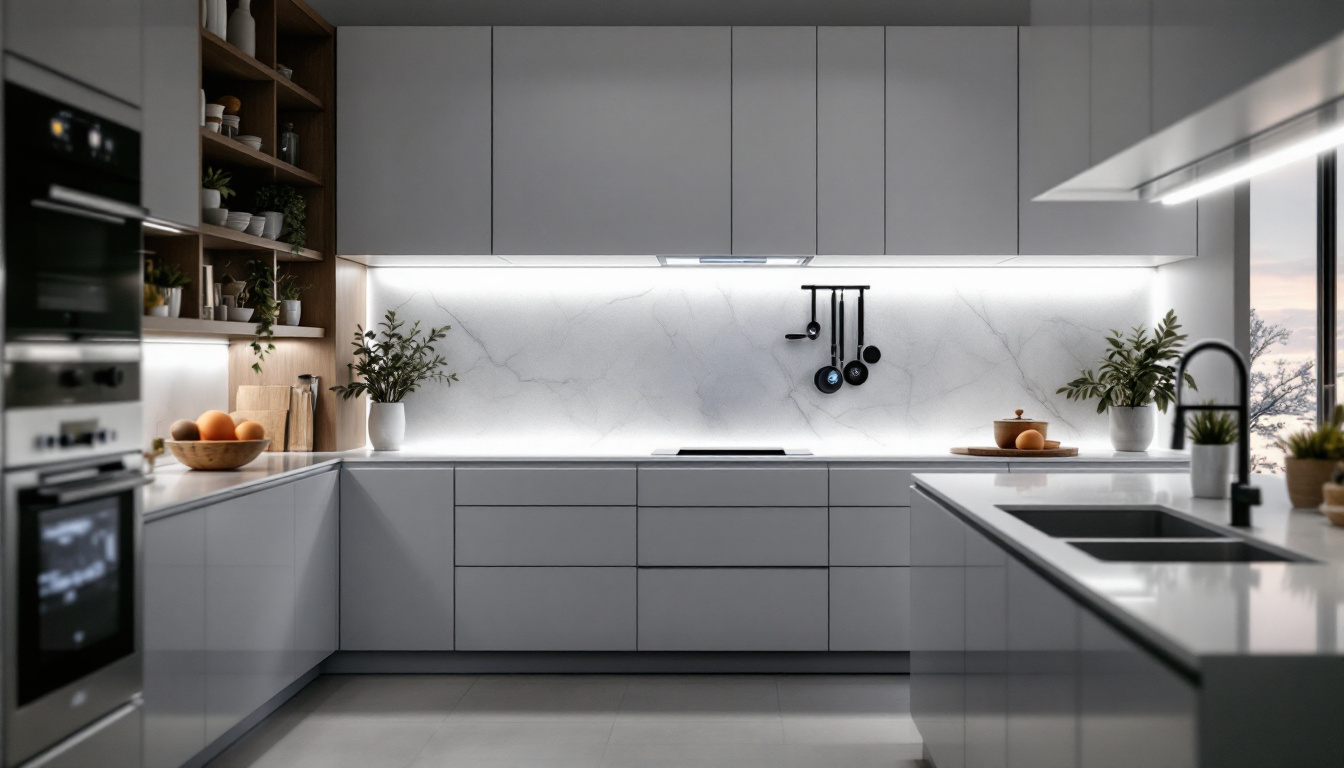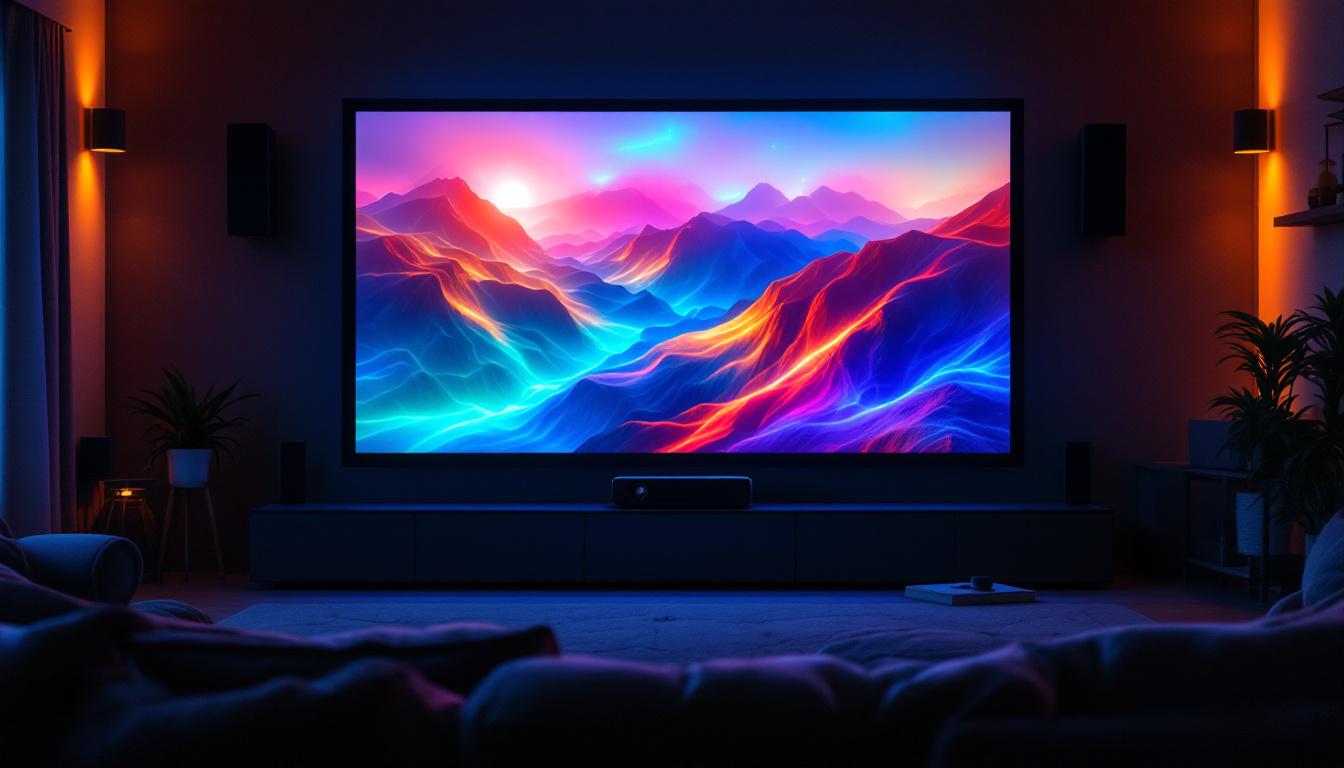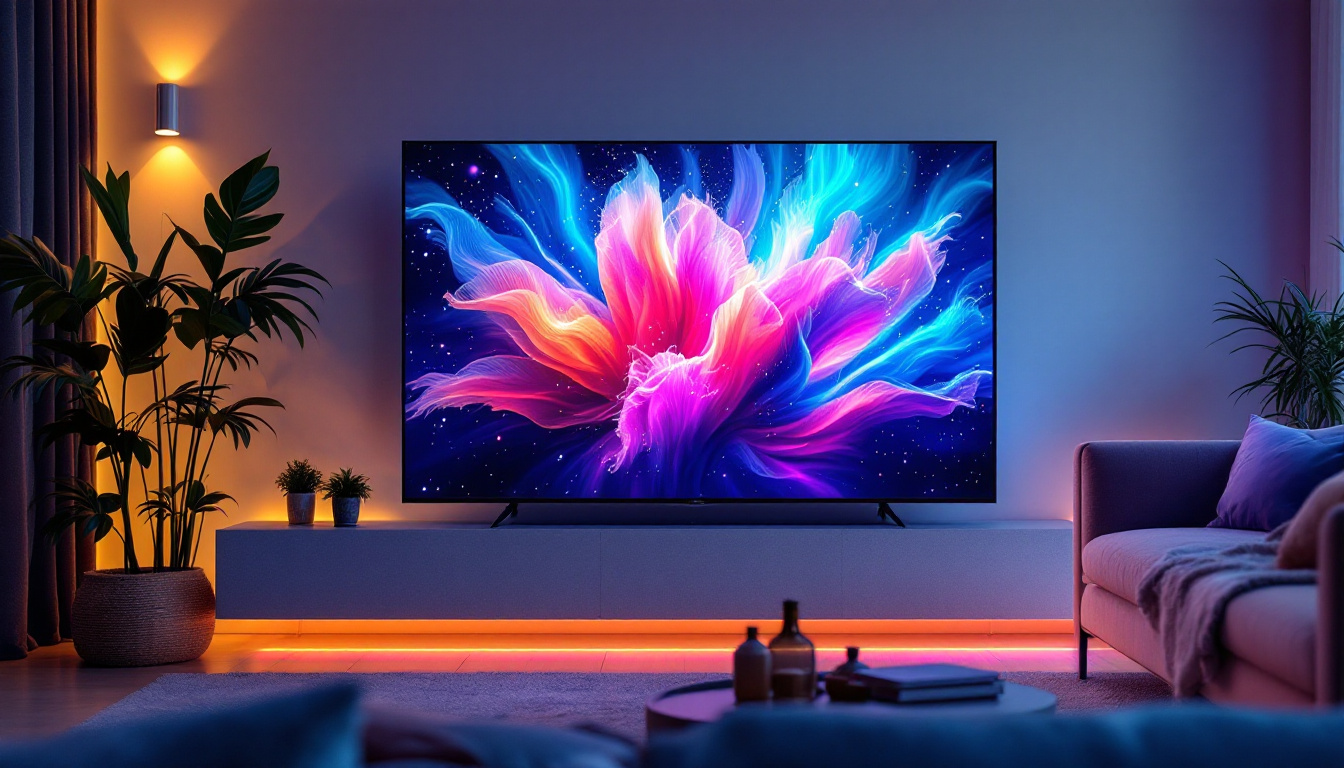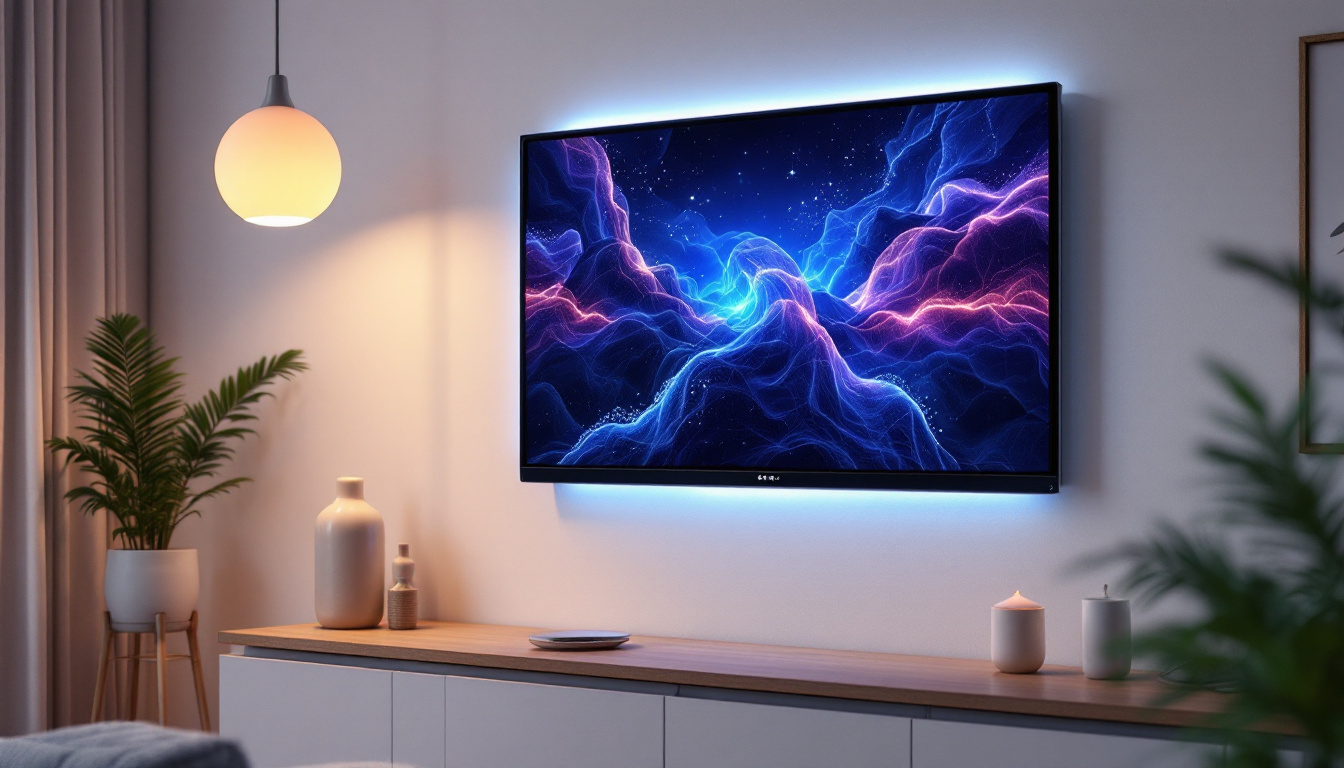In today’s rapidly evolving audiovisual landscape, choosing the right display technology is crucial for both residential and commercial environments. Projector screens have long been a staple for presentations, home theaters, and large venues. However, LED displays have emerged as a compelling alternative, offering unique benefits and installation considerations. This article explores the nuances of projector screen installation services and provides a comprehensive explanation of LED displays, helping you make informed decisions for your next audiovisual project.
Understanding Projector Screen Installation Services
Projector screen installation is more than just mounting a screen on the wall. It involves careful planning, precise measurements, and an understanding of the room’s lighting and acoustics. Professional installation services ensure the screen is positioned optimally for the best viewing experience. The alignment of the screen with the projector is crucial, as even slight misalignments can lead to distorted images and diminished picture quality. This attention to detail is what sets professional services apart from DIY attempts.
Whether it’s a retractable screen for a conference room or a fixed-frame screen for a home theater, the installation process must account for factors such as wall material, ceiling height, and projector throw distance. Experienced technicians also handle cable management and integration with existing AV systems, which is essential for a clean and functional setup. They can also advise on the best screen materials to use, which can significantly affect the viewing experience. For instance, a high-gain screen might be recommended for bright environments, while a matte finish could be better suited for darker rooms.
Key Benefits of Professional Installation
Hiring a professional projector screen installation service offers several advantages:
- Optimal Screen Placement: Ensures the screen is positioned for maximum visibility and minimal glare.
- Structural Safety: Proper mounting prevents accidents and damage to walls or screens.
- Integration Expertise: Seamless connection with projectors, sound systems, and control devices.
- Time and Cost Efficiency: Reduces the risk of errors that could lead to costly repairs or replacements.
Additionally, professionals can provide valuable insights on the latest technology and trends in projector screens, helping you make informed decisions based on your specific needs. They can also assist in calibrating the projector settings to ensure that the colors and contrast are just right, enhancing the overall viewing experience. This level of service not only saves time but also guarantees that your investment is protected and that you get the most out of your audiovisual setup.
Common Types of Projector Screens
Understanding the types of screens available can help in selecting the right one for your needs:
- Fixed Frame Screens: Provide a taut, flat surface ideal for dedicated home theaters or conference rooms.
- Retractable Screens: Can be rolled up when not in use, saving space in multi-purpose rooms.
- Portable Screens: Lightweight and easy to set up, perfect for temporary presentations or events.
- Ambient Light Rejecting (ALR) Screens: Designed to enhance image quality in well-lit environments.
Each type of screen serves a unique purpose and can greatly influence the viewing experience. For example, fixed frame screens are often preferred for their ability to maintain a flat surface, which is crucial for high-resolution content. Meanwhile, retractable screens are favored in environments where flexibility is key, allowing users to easily transition between different activities without permanent fixtures. Understanding these nuances can help in making the right choice that aligns with both aesthetic and functional requirements.
LED Display Technology: A Modern Alternative
LED (Light Emitting Diode) displays have transformed the way visual content is presented, especially in commercial and large venue settings. Unlike traditional projector screens, LED displays are self-illuminating panels that offer bright, vibrant images without the need for external light sources.
LED technology has advanced significantly, making it a viable option for various applications, including digital signage, video walls, and even home entertainment systems. The versatility of LED displays has led to their adoption in a variety of industries, from retail environments showcasing dynamic advertisements to sports arenas displaying real-time game statistics and highlights. This adaptability not only enhances the viewer’s experience but also allows businesses to engage their audience in innovative ways.
How LED Displays Work
LED displays consist of thousands to millions of tiny LEDs arranged in a grid. Each LED emits light in red, green, or blue wavelengths, which combine to produce a full spectrum of colors. The intensity of each LED is controlled to create the desired image or video.
This direct emission of light results in higher brightness levels and better contrast ratios compared to projector screens, which rely on reflected light. Additionally, LED displays can be manufactured in various sizes and shapes, offering flexibility in design and installation. The technology behind LED displays also allows for seamless integration with advanced graphics and video processing systems, enabling real-time content updates and interactive features that enhance viewer engagement.
Advantages of LED Displays Over Projector Screens
While projector screens remain popular, LED displays offer several compelling advantages:
- Brightness and Visibility: LED displays can achieve brightness levels exceeding 1,000 nits, making them visible even in brightly lit rooms or outdoor environments.
- Image Quality: Superior contrast ratios and color accuracy provide vivid and sharp images.
- Durability and Longevity: LEDs have a longer lifespan and are less susceptible to damage from environmental factors.
- Flexible Installation: Modular designs allow for custom sizes and shapes, including curved or irregular displays.
- Low Maintenance: Unlike projector bulbs that require replacement, LEDs need minimal upkeep.
Moreover, the energy efficiency of LED technology contributes to its growing popularity. Many modern LED displays are designed to minimize power consumption without sacrificing performance, making them a more sustainable option for businesses looking to reduce their carbon footprint. This efficiency not only translates to lower energy bills but also aligns with the increasing demand for environmentally friendly technologies in today’s market.
Considerations When Choosing LED Displays
Despite their benefits, LED displays come with considerations that must be evaluated before installation:
- Cost: Initial investment can be higher than projector setups, especially for large, high-resolution panels.
- Installation Complexity: Requires professional expertise to assemble modular panels and integrate with control systems.
- Pixel Pitch: The distance between individual LEDs affects image clarity; closer pitches are necessary for close viewing distances.
- Power Consumption: LED displays consume more power than projector screens, which may impact operational costs.
Additionally, potential buyers should consider the intended use of the display. For instance, a display meant for outdoor advertising may require a higher brightness and weather-resistant features, while a display for a corporate boardroom might prioritize color accuracy and resolution. Understanding these specific needs can help guide the selection process and ensure that the chosen LED display meets the desired performance criteria.
Comparing Projector Screens and LED Displays for Different Applications
Choosing between a projector screen and an LED display depends largely on the intended use, environment, and budget. Each technology excels in different scenarios.
Home Theater and Residential Use
Projector screens remain a popular choice for home theaters due to their ability to produce large images at a relatively low cost. Advances in 4K projectors and ALR screens have improved image quality significantly.
However, LED displays are gaining traction in luxury home installations where budget permits. Their superior brightness and color accuracy can create a stunning viewing experience without concerns about ambient light.
Corporate and Educational Environments
In conference rooms and classrooms, projector screens are often preferred for their affordability and ease of installation. Retractable screens allow spaces to remain versatile.
Conversely, LED displays are ideal for high-traffic areas such as lobbies or auditoriums where visibility and durability are paramount. Their ability to display dynamic content and integrate with modern AV systems makes them a valuable asset for corporate communications.
Large Venues and Outdoor Events
For stadiums, concert halls, and outdoor advertising, LED displays are the clear winner. Their brightness and weather resistance ensure clear visibility in challenging conditions. Modular LED panels can be scaled to enormous sizes, accommodating thousands of spectators.
Projector screens are generally unsuitable for these environments due to limitations in brightness and susceptibility to ambient light.
Professional Installation: Ensuring Optimal Performance
Whether opting for a projector screen or an LED display, professional installation is critical to achieving the best results. Each technology has unique requirements that must be addressed during setup.
Projector Screen Installation Best Practices
Professional installers conduct a thorough site survey to determine the ideal screen size, placement, and mounting method. They consider factors such as:
- Room dimensions and seating arrangement
- Ambient lighting conditions
- Projector specifications, including throw distance and lens type
- Wall or ceiling material for secure mounting
- Cable routing and integration with AV equipment
Proper calibration of the projector and screen alignment ensures sharp, distortion-free images.
LED Display Installation Considerations
Installing LED displays involves assembling modular panels, which requires precision and expertise. Key considerations include:
- Structural support to bear the weight of the display
- Power supply and cooling requirements
- Data connectivity and synchronization of panels
- Calibration for uniform brightness and color consistency
- Compliance with safety and building codes
Experienced technicians use specialized tools and software to optimize performance and longevity.
Future Trends in Display Technology
The audiovisual industry continues to innovate, blending the strengths of projector screens and LED displays with emerging technologies.
MicroLED and MiniLED Innovations
MicroLED technology promises even higher brightness, contrast, and energy efficiency by using microscopic LEDs. This technology could revolutionize both consumer and commercial displays, offering the benefits of LED with enhanced resolution and lower power consumption.
Interactive and Smart Displays
Integration of touch capabilities and smart features is becoming standard, especially in educational and corporate settings. LED displays with interactive functions enable dynamic presentations and collaborative work environments.
Hybrid Solutions
Some manufacturers are developing hybrid systems that combine projection with LED backdrops, providing immersive experiences for events and entertainment. These solutions leverage the flexibility of projectors and the vibrancy of LED panels.
Conclusion
Choosing between a projector screen and an LED display depends on various factors including application, environment, budget, and desired image quality. Professional installation services play a vital role in ensuring that either technology performs at its best, delivering a seamless and engaging viewing experience.
As LED technology continues to advance and become more accessible, it is poised to complement and, in some cases, replace traditional projector screens. Understanding the strengths and limitations of each option empowers businesses, educators, and homeowners to select the ideal display solution tailored to their unique needs.
Discover LumenMatrix’s Advanced LED Display Solutions
Ready to elevate your visual experience with the latest in display technology? LumenMatrix offers a comprehensive range of LED display solutions tailored to meet your specific needs. From stunning Indoor and Outdoor LED Wall Displays to innovative Vehicle and Sports LED Displays, our products are designed to captivate your audience and amplify your message. Explore our Custom, All-in-One, and Transparent LED Displays to see how we can transform your space with vibrant, energy-efficient visuals. Check out LumenMatrix LED Display Solutions today and join the revolution in visual communication.


